A Quick Guide to Agriculture Equipment Types
Despite technological advancements globally, farming is still the backbone of society. Without farmers, there would be no meat, fruit, or vegetables in our supermarkets and no naturally fibered clothing in our stores. There are, however, some advancements that have made it easier for farmers to produce more products more efficiently.
Agricultural equipment has come a long way in just a few short decades, providing more efficient ways to complete tasks in days now that would have taken weeks just decades ago. However, when looking at all of the different types of equipment available today to assist the farmer in completing their work, it can be slightly overwhelming.

Ag (Agriculture) Equipment Types
The agricultural business continues to thrive, and the development of new agricultural equipment gives farmers the ability to maintain and farm their fields with more time and efficiency. Farmers use new and innovative technology such as attachments, to do various tasks such as till, move, dig, weed-eat, mow, harvest, and more. There are four main types of agricultural equipment.
- Cultivation Equipment: These machines include plows, harrows, and cultivators. They help to prepare the ground for planting by loosening and turning up the soil.
- Tillage Equipment: These machines till the soil by cutting it into smaller pieces to break apart clumps and bring them closer together for a more refined surface. This is typically done after cultivation has been completed.
- Harvesting Equipment: These machines harvest crops from fields or from irrigated land that has been drained for this purpose. They can also be used with non-agricultural applications, such as harvesting grass in a golf course fairway before it’s mowed down with a riding mower.
- Planting Equipment: These machines prepare the soil for planting, measure and distribute seeds, and firm the ground after seeding.
When it comes to purchasing Agriculture (Ag) Equipment, there are two main categories: agricultural vehicles and agricultural attachments.
Ag Vehicles

Tractors – this is a broad category of vehicles. Tractors come in a variety of sizes to fit many farming needs. Their primary use is to pull other farm equipment; however, modern tractor models can be equipped with various attachments that can perform many purposes.
- Combines and Harvesters – used primarily by grain farmers to harvest crops efficiently. These machines use systems of belts, gears, wheels, and blades.
- ATV or UTV – All-Terrain Vehicles or Utility Vehicles are smaller vehicles that can move through rougher terrain more quickly. These vehicles can also be outfitted with attachments to assist with other tasks.
Ag Equipment Attachment Types
Each of these types of equipment will eventually need to have a part replaced. Due to the strenuous nature of agriculture, different parts and aspects of a machine can wear down over time.
- Plows – tractor attachments that use blades to loosen and turn the soil. This kills surface vegetation and begins preparing the ground for planting.
- Fertilizer Spreaders – spreads fertilizer across fields for quick, even distribution.
- Harrows – agitates soil, breaking clumps and distributing plants, manure, and fertilizer residue.
- Seeders – distributes seeds across large areas quickly and evenly.
- Balers – used for hay, corn stalk, and straw collection, these tractor attachments collect the material and bundle them into management bales.
- Cultivators – shallow tillers
- Transplanters – digging plants from one area, digging holes, and replanting them in another.
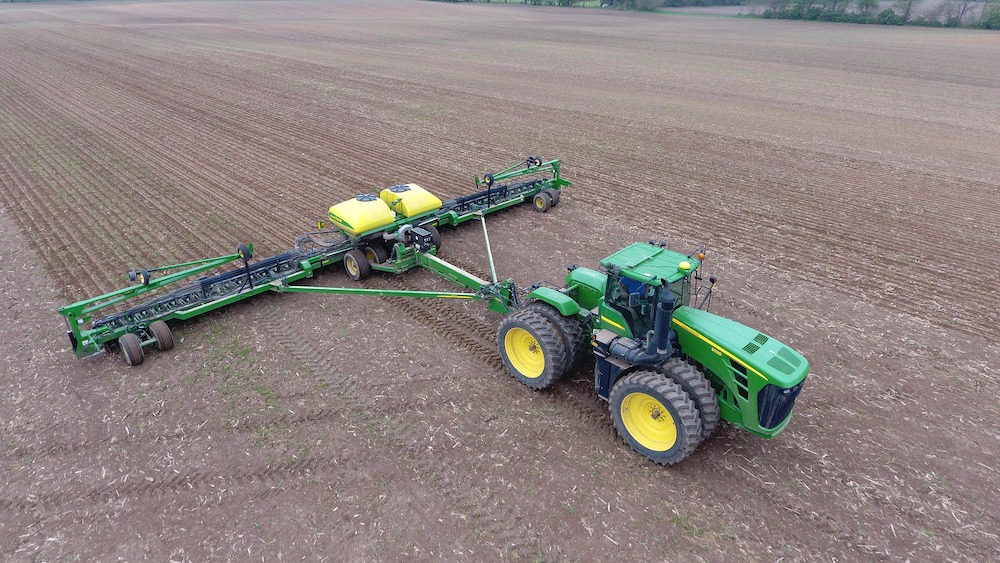
While the listed equipment is some of the most common, it is not by any means a comprehensive list of all the ag equipment attachments available today.
Heavy Construction Equipment For Farming
Farmers use skid steers, backhoes, dozers, excavators, and other construction equipment for earthmoving, maintenance, material transport, and more. To learn more about the construction equipment that farmers may use, check out our article on the types of heavy equipment.
Top Brands for Ag Equipment
When it comes to Ag equipment, two brands lead the pack. As the leaders in their field, they are not only the most recognized names in agricultural equipment but are also the most prolific manufactures and consistent top sellers.
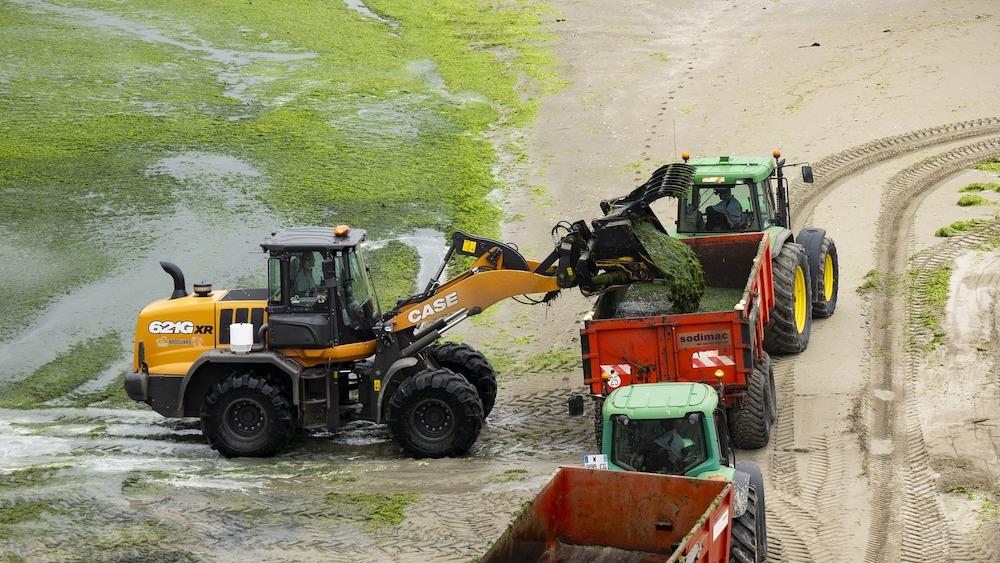
 John Deere Ag Equipment
John Deere Ag Equipment
John Deere is possibly the most recognized domestic and commercial producer of agricultural equipment in the United States. Its iconic green tractors and lawnmowers are sometimes synonymous with rural, middle American farming communities. DMC Wear Parts is proud to provide a vast selection of aftermarket John Deere ag replacement parts and John Deere Undercarriage parts for dozers and heavy equipment.
CASE IH  Ag Equipment
Ag Equipment
CASE was founded in 1842, producing agricultural machinery. Though its name and corporate entity have changed many times between then and now, its central focus on agricultural technologies is still essentially the same. Going from a local manufacturer to an international corporation, CASE has diversified and merged with many other entities over the years, broadening its reach in the agricultural industry. DMC boasts a wide range of aftermarket options for CASE ag machinery as well as CASE construction and heavy equipment.
Other popular ag equipment brands include: New Holland,
Aftermarket Ag Equipment Replacement Parts
Agricultural equipment is a significant investment, and the financial responsibility does not stop once the equipment has been purchased. There will be added costs of maintenance and repairs if the equipment is not under warranty. Most equipment manufacturers produce their own replacement parts, but third-party manufacturers also have replacement parts; these are known as aftermarket agriculture equipment parts. Aftermarket replacement parts are tailored to be a perfect fit for your equipment and often can perform at a higher level than Original Equipment Manufacturer (OEM) parts!
Replacement Parts for Tractors
There are many options for replacement parts for your tractor. Not only can you rely directly on the distributor of OEM parts for your tractor, but there are likely to be many different brands that will produce the same part for the aftermarket that will work the same or better. Therefore, most, if not all, of the parts you would need to replace on your tractor could be found from aftermarket distributors. This includes belts, filters, drive trains, and fuel pumps.
 Replacement Parts for Combine Harvesters
Replacement Parts for Combine Harvesters
Like a tractor, many of the parts you would need to fix your combine can be purchased as aftermarket alternatives. Aftermarket parts are available for nearly every aspect of your Combine, from feeder house to sprockets. With so many moving parts, finding replacement parts that are cheaper and of better quality can be difficult, but an aftermarket dealer can be a great way to keep your combine working great and save a little money at the same time.
Tillers, Balers, and more
Like your farming vehicle, the attachments you use will need care and maintenance. As with your Ag vehicles, your attachment equipment will most likely also have parts produced in the aftermarket, giving you a broader selection to fit your needs and budget.
Why Buy Aftermarket Ag Parts vs. OEM?
While equipment manufacturers endorse their own line of replacement parts and third-party manufacturers reproduce similar replacement parts, there are usually very few differences between the components.
OEM (or Original Equipment Manufacturer) parts are endorsed and labeled by the original manufacturer. While they carry the brand name or one approved by the manufacturer, they often come off the same lines as the aftermarket products. Typically, these replacement parts only come in options for what they are replacing, and you are limited as to where you can purchase these parts. In addition, though these parts may come with a warranty, or their quality is guaranteed, they also typically come with a substantially higher price tag.
Though aftermarket parts are manufactured to be compatible with existing manufacturer parts, many parts are potentially of better quality or have a range of selection to get the job done. Often there is an added bonus that with this added range of functionality and selection includes a lower price as well. That is why many farmers are trending towards companies offering aftermarket parts and advanced technology that can make their ag equipment types more efficient
Aftermarket Ag Parts Provide Added Value
Using aftermarket Ag parts has the potential to add value to your equipment. This value could come to you in performance or simply just the price tag of the part you bought! With the use of Aftermarket parts, you can boost the performance of your equipment while saving money on the purchase price of your replacement.
Broader Selection of Optimized Parts
The availability of aftermarket Ag parts from multiple manufacturers means a broader selection of parts. This means that there is the ability the obtain a wide range of optimized parts rather than the standard parts offered by the manufacturer. These optimized parts have the potential of allowing your equipment to operate more efficiently than ever before!
Contact a DMC Wear Parts Ag Equipment Types Specialist Today
When you’ve decided to invest significantly in a piece of Ag Equipment, the parts you choose to put into its maintenance are essential. You don’t want to pay more than you need to, but you want to ensure that you get the performance you need out of your equipment. Contact a DMC Wear Parts Specialist today to help you find the right replacement part that fits your budget and your equipment!
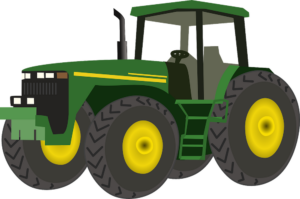
 John Deere Ag Equipment
John Deere Ag Equipment Ag Equipment
Ag Equipment Replacement Parts for Combine Harvesters
Replacement Parts for Combine Harvesters 10 Types of Heavy Equipment & Machines
10 Types of Heavy Equipment & Machines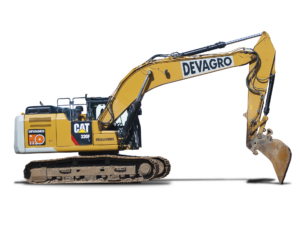 Excavators are a type of large machinery that consists of a hydraulic crane-like boom with a metal-pronged shovel on the end. The operator is typically located in a driver’s cab with a rotating platform that is mounted on wheels or
Excavators are a type of large machinery that consists of a hydraulic crane-like boom with a metal-pronged shovel on the end. The operator is typically located in a driver’s cab with a rotating platform that is mounted on wheels or 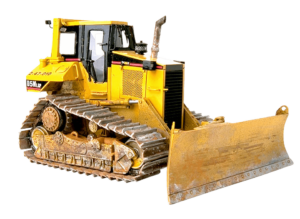 Dozers are a type of heavy equipment that is commonly recognized for the large front blade. Bulldozers are often considered among the strongest and most powerful types of heavy equipment. Dozers can be wheel-mounted or track-mounted, depending on the application and environment, but track-mounted dozers are more common. The metal blade on the front of the equipment has many uses including, pushing, loosening, carrying, and condensing material. It is often used to move large quantities of material over a short distance. Check out DMC Wear Parts’ wide selection of
Dozers are a type of heavy equipment that is commonly recognized for the large front blade. Bulldozers are often considered among the strongest and most powerful types of heavy equipment. Dozers can be wheel-mounted or track-mounted, depending on the application and environment, but track-mounted dozers are more common. The metal blade on the front of the equipment has many uses including, pushing, loosening, carrying, and condensing material. It is often used to move large quantities of material over a short distance. Check out DMC Wear Parts’ wide selection of 

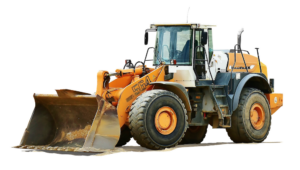 These two types of loaders often have an overlap with skid-steers and excavator style equipment.
These two types of loaders often have an overlap with skid-steers and excavator style equipment. 